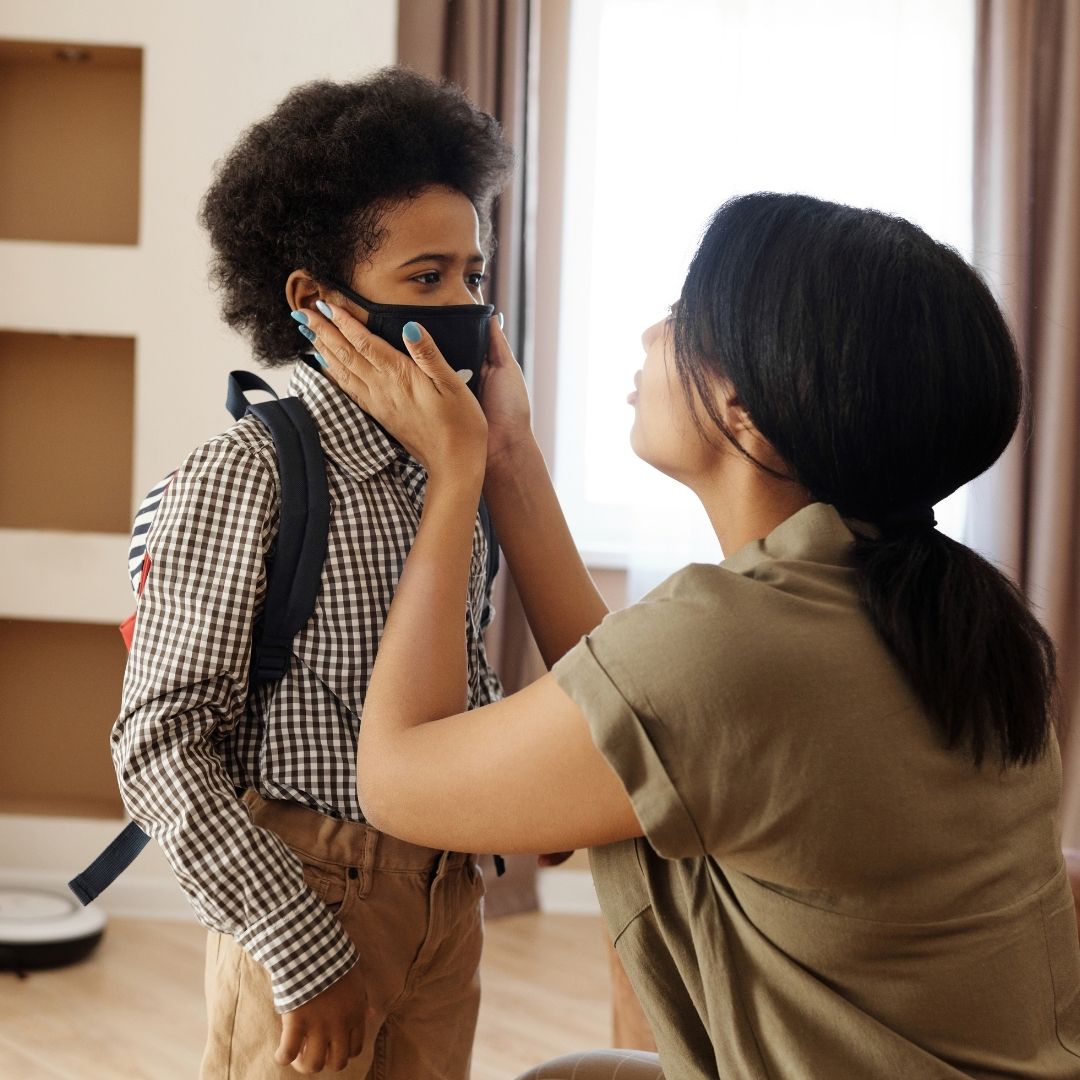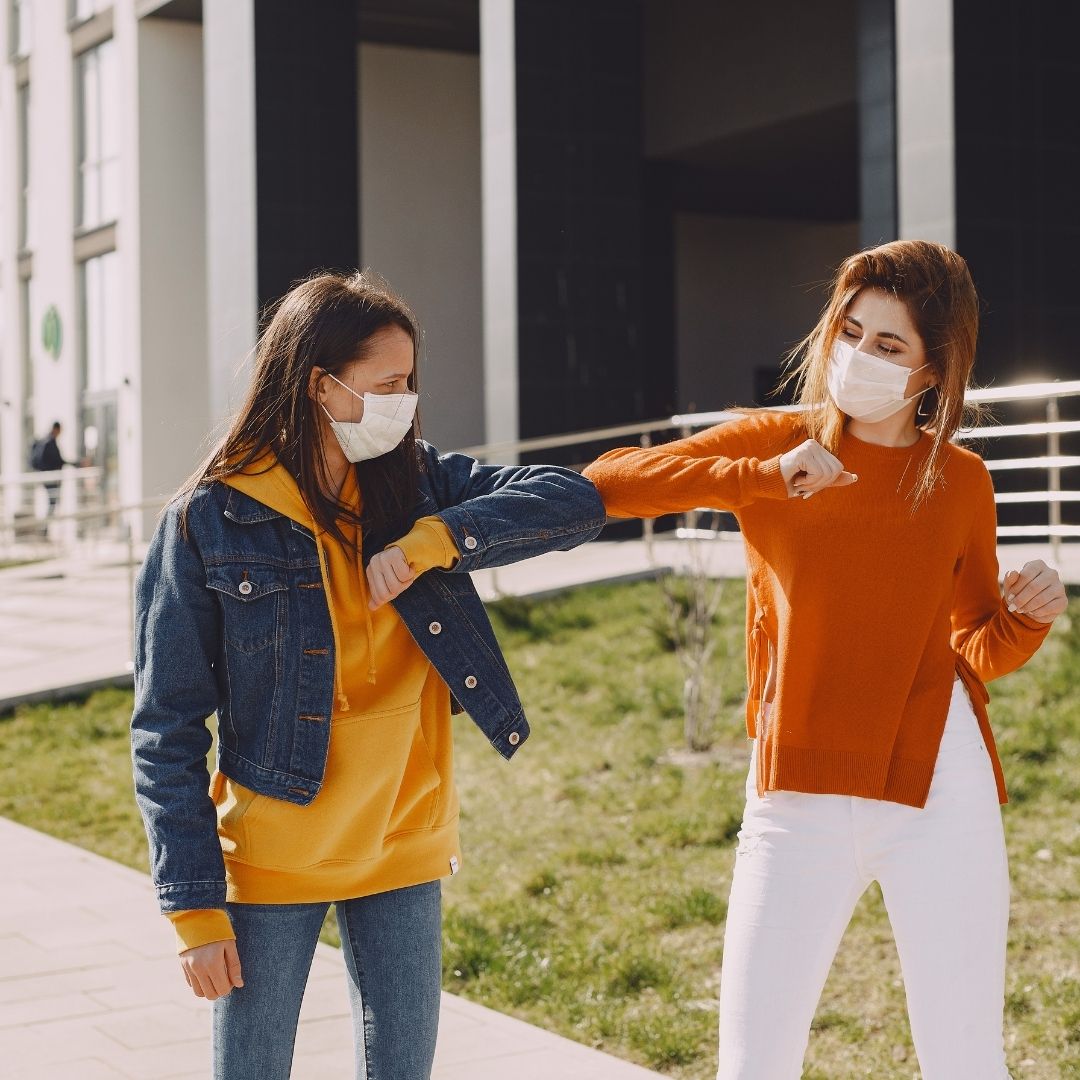The COVID-19 Outlook for Families
Even with a vaccine progressing at warp speed, uncertainties will continue.
It has been a wild and turbulent year for parents with school-aged children, and that is not likely to end soon.
The promise of a vaccine against COVID-19, while encouraging, has many milestones to reach before release. The earliest most scientists believe we will see one is the spring, and that will most likely be available initially only for health care personnel and those most at risk. No one is talking about a vaccination for children any time before the fall of 2021, and even that is quite optimistic.
The “glass half full” part of the story is that the science involved in creating a suitable vaccine is indeed progressing at warp speed, and there have also been other amazing developments for which we might find a space of deep gratitude. National Institutes of Health scientists have reported new findings in determining what genetic risk factors place some COVID-19 patients at greater risk for developing more severe disease. And a recent MIT AI algorithm, originally used in conjunction with Alzheimer research, was able to distinguish the cough of patients with COVID-19 — even asymptomatic patients — from other conditions with 98.5% accuracy. We are not that far away from coughing into a phone app as a screening test, or a drop of blood on a blotter that will tell us if we are at greater risk for severe outcomes. We may indeed be moving towards a temporary three-tier society: those who have had the disease, have recovered and have immunity; those at very high risk because of genetics or medical factors; and the rest of us. How we then interact, or how restricted the lives we lead may then be determined by the emerging science behind these realities.

All of us will most likely continue to participate in wearing masks and practicing compassionate spacing (my term for social distancing), efforts that have been clearly shown to slow the spread of the disease. But the guidelines for who safely goes to school in person, teaches in person, travels by plane or goes to restaurants and gyms may shift as the science does. While the actual incidence of this disease in children is unknown, since we have no community-wide studies, we are learning. Current information still indicates that infections in children are most likely to be mild or asymptomatic. Teenagers are about twice as likely to become infected with the coronavirus as younger children, according to an analysis by the Centers for Disease Control and Prevention of over 275,000 cases.
How this virus presents in children varies widely. In one small study from New York, only 41% of children hospitalized with COVID-19 presented with typical respiratory illness; infants in the study had only fever without an identified source; and 27% of hospitalized cases had previous severe underlying illness. Concerns emerged in April with reports of hyperinflammatory states or Kawasaki-like disease in children. The take-home message at this time is that this condition as part of COVID-19 is extremely rare. All of these evolving informational puzzle pieces help schools and parents make better decisions about schooling.

The CDC has an extensive set of guidelines to create more safety in schools open for in-person learning, and how to look at community spread and other decision-making indicators as to whether it is safe to do so. What has become clear is that ultimately the decision to attend or teach in person in school remains an individual one. Hybrid models are now commonplace, and putting children in person into pods limits their exposure. No big surprise that there is growing evidence that with online studies alone, many children are falling short in terms of learning milestones, not to mention other important social development ones.
The adverse impact of involuntary home schooling is particularly challenging for low-income families who may not have adequate internet access or the kinds of stimulation and learning opportunities provided by wealthier families. Digital eye strain is a real phenomenon, and the American Academy of Ophthalmology recommends the 20-20-20 rule. For every 20 minutes of screen time, rest your eyes by looking at something 20 feet away for at least 20 seconds. Resources are now being developed to support parents with remote learning. All of this is stressful, and multiple studies are documenting the mental health toll on all of us.
My sense is that getting comfortable with uncertainty will continue to be part of our inner work, as will be asking kindly for what we need from mates, family and schools to help us get through this winter season. Schools will most likely remain more closed than open, and the same with many businesses, as we deal with the twindemic of influenza and COVID-19.
I certainly have been wrong before. I was one of the optimistic ones who anticipated a big break over the summer, which essentially never materialized. What I do know for sure is our battles with COVID-19 are just a warm-up for future pandemics, and that the virus is a wake-up call from Gaia to change our living choices in fundamental ways (a video letter from the virus in Italian, with English subtitles, on YouTube).



